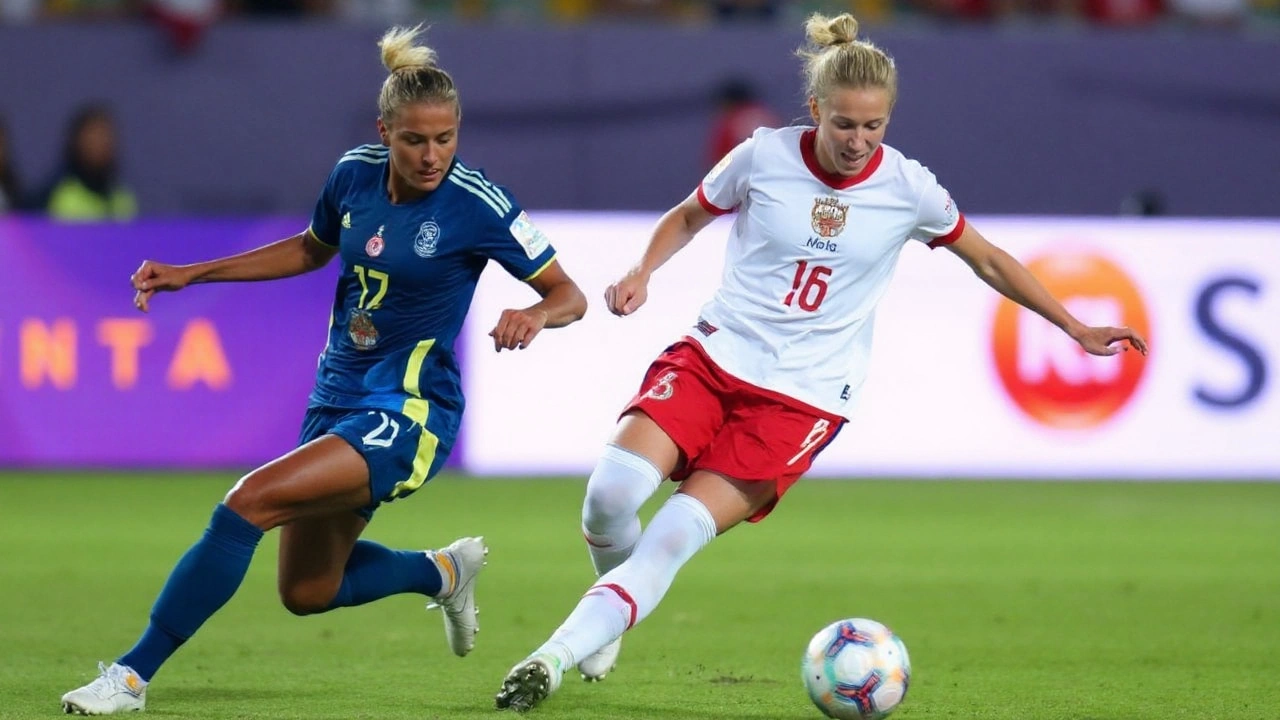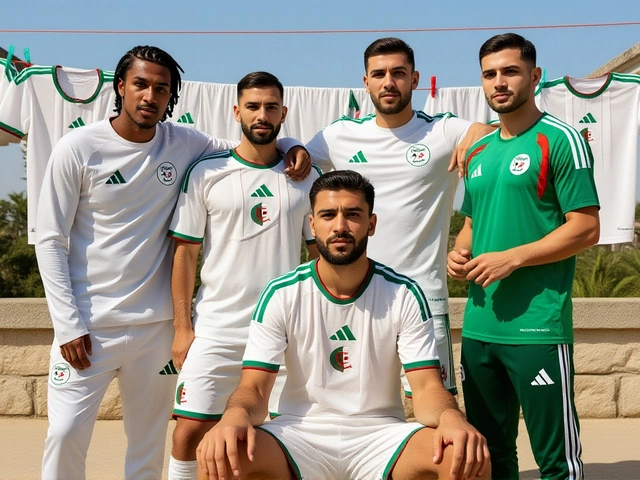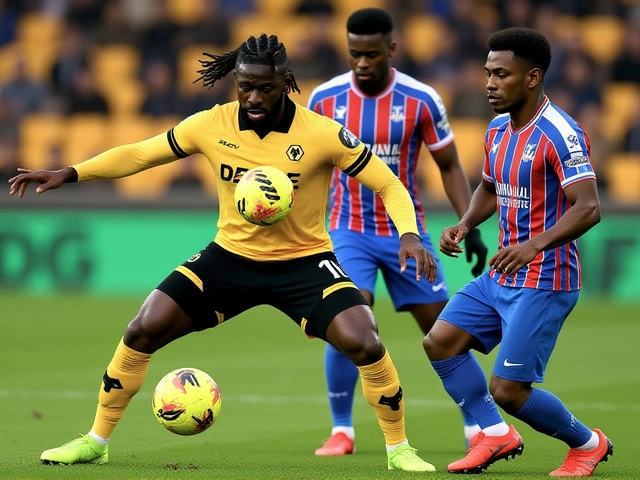Poland’s Group C reality: a tough start, everything to play for
Poland walked into a heavyweight Group C at the UEFA Women's Euro 2025 in Switzerland and felt the power right away. In their opener on July 4 at the Arena St.Gallen, Germany won 2-0 in an efficient, clinical display. It wasn’t a blowout, but it was a reminder of why Germany are perennial contenders in women’s football.
Earlier that day, Sweden edged Denmark 1-0 at the Stade de Genève, a result that tightened the screws on the group from the first whistle. After matchday one, Germany and Sweden sat on three points, Denmark and Poland on zero. Goal difference mattered immediately: Germany at +2, Sweden at +1, Poland and Denmark with early ground to make up.
Group C was always going to be unforgiving. Germany bring depth and tournament know-how. Sweden are masters of control and organization. Denmark are awkward and direct when they need to be. Poland’s route to the quarterfinals was never going to be clean; it was always about timing, resilience, and seizing the moments that swing a group.
Hosts Switzerland spread the matches across modern venues — the nearly 20,000-seater Arena St.Gallen, the larger Stade de Genève, and other grounds built for big nights. Kickoff times staggered through the afternoons and evenings, which the traveling fans loved and coaches accepted with a shrug: more rest for some, extra waiting for others.
Fixtures, venues, and the stakes for Poland
Here’s how Poland’s group-stage schedule lined up, and what it meant as the tournament moved through July:
- July 4, 2025 — Poland 0-2 Germany, Arena St.Gallen (8 p.m. local): A demanding opener against a giant of the game. Germany were efficient, and Poland struggled to turn transition moments into shots. No panic, but no points either.
- July 12, 2025 — Poland vs Denmark (3 p.m. local): The swing match. A win would drag Poland right back into the race for the top two. A draw would keep hope alive, but only just. A loss would leave just a sliver of a chance going into the final round.
- Final group game — Poland vs Sweden (date/time per Group C schedule): The decider. Sweden’s control in midfield and set-piece threat make them a tough last hurdle. Poland needed energy, discipline, and a clinical edge.
The format was simple and ruthless: 16 teams, four groups, top two from each group into the quarterfinals (July 16–18), then semifinals (July 22–23), and the final on July 27. In a group this tight, tiebreakers matter. First, it’s points. Then goal difference. Then goals scored. If still level, head-to-head can turn the whole table. That’s why the margin in the Germany game, and any clean sheet or late goal, carried extra weight.
So what did Poland need after the opening loss? Beat Denmark, ideally by more than a goal, to restore balance on goal difference and set up a shot against Sweden. Against Denmark, Poland had to manage the direct runs and second balls, keep the game narrow when needed, and choose smart moments to press. Denmark can get dangerous on quick counters and from wide areas. If Poland drew, the Sweden match would become must-win against a team comfortable protecting a narrow lead. If Poland lost, they’d need a perfect storm elsewhere.
The venues shaped the feel of the group. Arena St.Gallen has an intimate, loud atmosphere — great when you’re on top, unforgiving when you’re chasing. Stade de Genève suits teams that like width and patience. Travel in Switzerland is smooth, but short swings between cities still test recovery plans: sleep, nutrition, and the light training that keeps legs fresh without draining them.
Beyond Group C, the tournament had a big-event sheen. Organizers reported more than 600,000 tickets sold, a new benchmark for the competition. That many people change games. Crowds lift underdogs and rattle favorites. Younger fans showed up with flags and face paint, and the noise kept building into the knockout rounds.
For Poland, the plan after Germany was all about clarity. Start fast against Denmark to flip the narrative. Keep the back line compact and clean up second balls around the box. Use set pieces — corners, deep free kicks — to generate chances when open play stalls. And most of all, protect the transitions. Germany punished the spaces; Denmark and Sweden would do the same if given time and room.
Match management was the quiet key. Cards matter in short tournaments. So does game state. Conceding early forces a chase, which stretches lines and invites the second goal. Staying level to 60 minutes against Denmark or Sweden keeps doors open for a late winner. Small call, big swing.
On paper, Poland know these opponents well. Germany’s press and midfield rotations suffocate sloppy build-up. Sweden’s shape pulls you into wide areas and then flips the field with one switch of play. Denmark can turn chaos into chances with two passes. The common thread: don’t give up cheap turnovers. Make them play through bodies. Force them into uncomfortable distances.
As the group stage wound down across Switzerland, the bracket took shape. Quarterfinals on July 16–18, then that tight four-day turnaround into the semis. No team had an easy runway. Rotations mattered, especially for full-backs and wingers who pile up sprints in heat and altitude shifts. Sports science departments earned their keep.
The final on July 27 delivered drama, too. England kept their nerve and defended their crown, beating Spain in a penalty shootout to finish the month as back-to-back European champions. For the hosts, it capped a tournament that felt bigger than the schedule on paper: packed stands, TV audiences peaking across prime time, and the sense that the ceiling keeps rising.
For Poland, this Euro was about staying in the fight. Survive the first punch from Germany. Turn the Denmark match into a statement. Give themselves a shot against Sweden when it matters most. It’s a simple blueprint, but that’s the point at this level — the details decide who plays on and who flies home.



